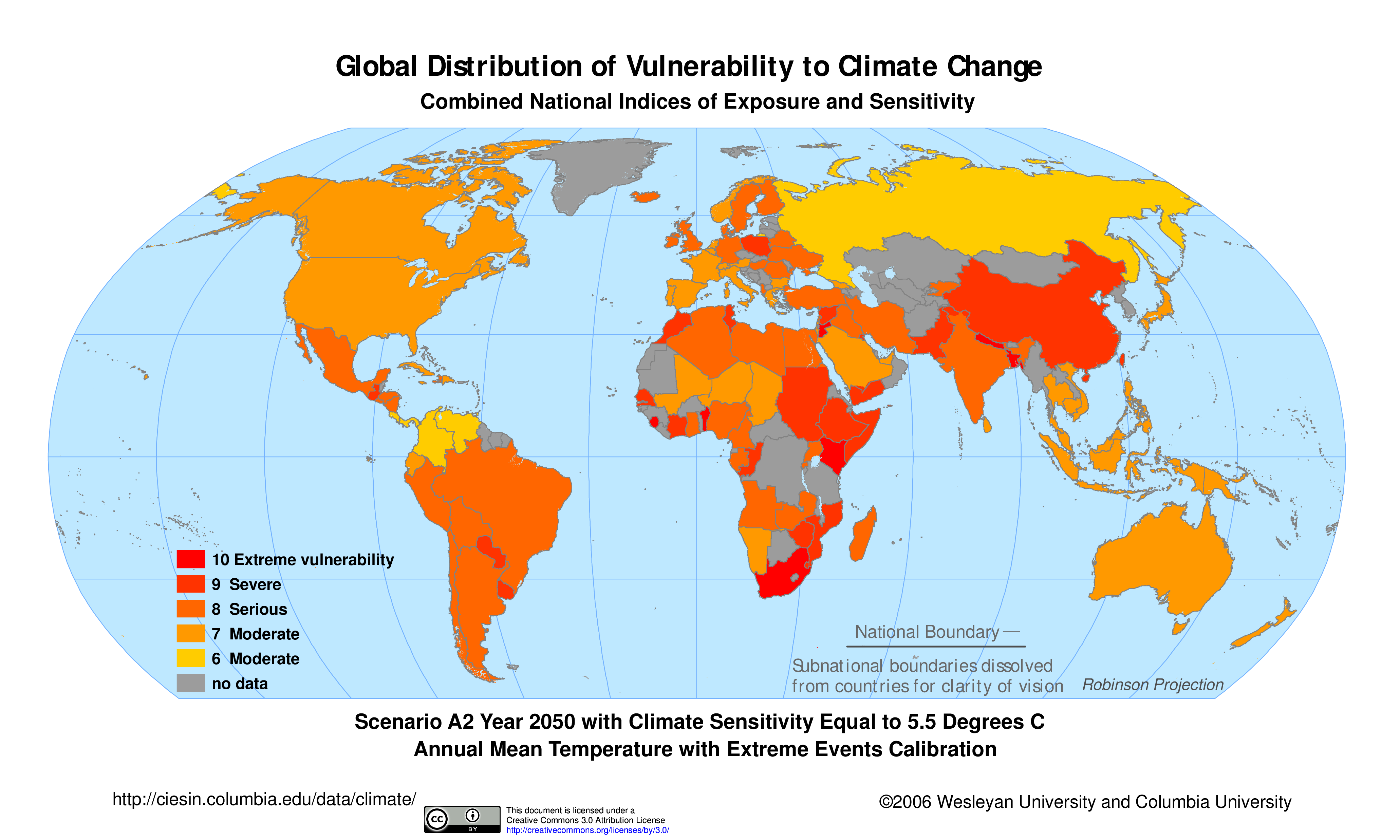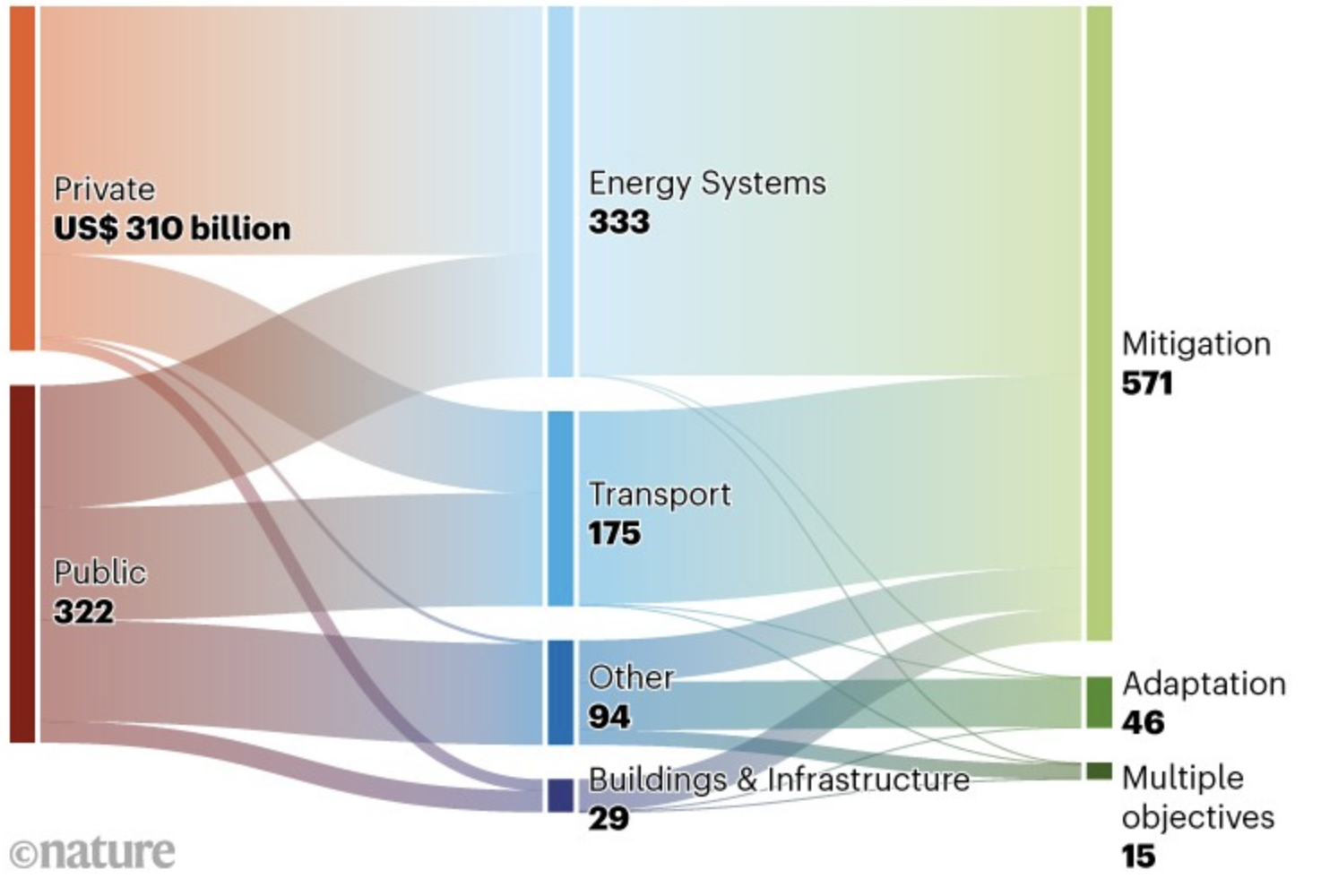BUILDING CLIMATE RESILIENCE

OUR VISION
We envision a world where communities and ecosystems are resilient in the face of climate change.
- We invest in frontline communities to manage climate shocks, rebound and continue towards sustainable development.
- We help scale and replicate successful efforts globally.
- We believe that sustainable systems-change incorporates tenants of community leadership, environmental justice, and equity.
BACKGROUND
The climate change catastrophe is one of human civilization’s greatest existential threats.
Over the past few decades, man-made climate change has created more extreme weather patterns, imperiled water resources, reduced crop yields, and destroyed marine ecosystems. While climate change affects all regions of the world, the greatest impact has been on those least responsible for the greenhouse gas emissions– people living in lower-income countries in the Global South (see map). These frontline communities have fewer resources to cope with storm damage, drought, flooding, deforestation, lack of clean water, the spread of disease, and corresponding instability to their food and economic security.

Map of the earth showing extreme climate risk in equatorial regions and the Global South
WHY CLIMATE ADAPTATION AND RESILIENCE?
Climate adaptation is defined as “adjustments in ecological, social, or economic systems in response to actual or expected climatic stimuli and their effects or impacts."1 Climate resilience is “the capacity of social, economic, and environmental systems to cope with a hazardous event or trend or disturbance…"2 While adaptation focuses on the actions taken in response to climate change, resilience is a result of adaptive actions.
A failure to adapt to the reality of climate change will decrease growth in global agriculture yields up to 30 percent by 2050, affecting primarily the 500 million small farms around the world. Additionally, the number of people who lack sufficient water at least one month per year, will increase from 3.6 billion today to more than 5 billion by 2050. Rising seas and greater storm surges may force hundreds of millions of people in coastal cities from their homes, with a total cost to coastal urban areas of more than $1 trillion each year by 2050. “Climate change will likely push more than 100 million people within developing countries below the poverty line by 2030.”3
While climate mitigation is necessary to arrest and reverse climate change, realistic evidence shows that our ability to reach a 1.5C stable point is decreasing every day. We have to face the fact that the world is not only changing right now, but that change will continue to accelerate.
We need to create a climate resilient future.
THE ADAPTATION DIVIDEND
Embracing adaptive actions can provide a triple dividend: they avoid economic losses, bring positive gains, and deliver additional social and environmental benefits.4
Adapting to climate change with more resilient infrastructure, securing water resources, improving crop production for dry-land farming, protecting coastlines, and other measures can pay a triple dividend. Countries will suffer less from future climate shocks, enjoy greater productivity and growth, and reap social and environmental benefits. Adaptation can take many forms beyond direct government financing of infrastructure. It involves encouraging the private sector to adapt, social protection after disasters, and a holistic strategy for budgeting and planning that factors in climate change. Adaptation is smart. Every $1 invested in adaptation could yield up to $10 in net economic benefits, depending on the activity, according to a report from the Global Commission on Adaptation.5

Disparity of adaptation vs. mitigation funding ($46bn out of $571bn)
Given that we have to apply a huge lever to the way we do business, we can “build better.” We can achieve the United Nations’ sustainable development goals (SDGs), build stronger civil societies, be gender responsive, and localize solutions to follow country and community driven priorities.
Despite the need for funding climate adaptation and resilience measures and the triple dividend of employing such actions, there is insufficient funding. An OECD analysis found that less than 10% of climate finance mobilized in 2019-2020 went to projects that had adaptation components in them (see graph).6
OUR APPROACH
We must prepare for rising seas, stronger storms, higher temperatures, worsening droughts, and other impacts. We must act quickly to address the needs of those on the front line of the climate crisis and to protect development gains. This work is particularly important in countries that depend heavily on climate-sensitive natural resources and agricultural practices for subsistence, and among women whose livelihoods rely on resources threatened by climate change.
We believe adaptive efforts must work with the economy and that resilience can be strengthened through improving economic livelihoods in combination with bolstering community infrastructure.
We fund work in the systems most affected by climate change: systems that produce food, protect and manage water and the environment, and we focus our efforts on the Global South.
When funding organizations and initiatives, we look for:
- Economic development and uplift
- Community-led approaches with ground-up stakeholder buy-in
- Lasting and sustainable solutions
- Systems strengthening approaches
- Projects requiring pivotal and catalytic funding
- Environmental justice and equity
- Impact that can be defined and demonstrated
- Ideas that can either scale and/or replicate to serve the greater good
- Hidden multi-stakeholder benefits
- Visionary leaders who strive to develop their skills and learn from others
- Strong management, financial sustainability, and a culture of learning
- Opportunities to build collaborations between organizations
We embrace both nonprofit and for-profit projects, as appropriate, and make grants and investments to align incentives for scale.
PRIORITY AREAS
While there are many areas for change, we feel we can make the most impact in:
Water Access, Sanitation, and Hygiene (WASH)
Without accessible, robust, and safe water sources, life and society stop. We work to improve and develop climate smart water infrastructure, conserve water resources, and improve access to sanitation and hygiene. We look to solutions that increase access, reliability, and prepare for a changing climate by planning for floods, droughts and unpredictable weather conditions.
Agriculture Livelihoods and Food Security
Climate change stresses the local and global food system and imperils rural livelihoods. We work to improve climate-resilient agricultural products and services, help small-scale producers manage risks from increased variability and climate shocks, and advocate for climate-smart agricultural policies.
Other Resilience Solutions
We also invest in nature-based climate resilience solutions, clean energy transitions, and grassroots and community focused leadership to build lasting coalitions.
Transforming Funding and Philanthropy
We believe that the existing funding ecosystems have flaws and fail to maximize their strategic impact. We endeavor to liberate stranded assets, localize tactical funding decisions, repair historical wealth inequities, all within our strategy of building a robust and resilient future.
For each of these funding areas, we apply influencing lenses that favor scalable and sustainable solutions, economic development, equity, and community voices.
TYPE OF WORK WE FUND
The urgency of climate change requires a multi-pronged approach, including investing in good ideas that need to be scaled, new ideas that need to be tested, and fostering supportive policies.
We fund:
Adaptation Initiatives & Implementation
We support projects that serve as models for improving the outcomes of frontline communities, and ideas that can scale and/or be replicated.
Advocacy & Policy
We promote policies that support community-adaptive solutions and build resilience in a changing climate.
Research & Technology
We support experiential learning, innovations in science and technology, climate modeling, and sharing solutions.
THE WAY WE WORK
Our core principles are:
- We use seed funding to initiate organizational momentum
- We act as a convener, catalyst, and enabler
- We prioritize low-resource and high-impact solutions
- We focus our partnerships on those most affected by climate change
- We operate globally
- We value patience and long-term relationships
- We support fairness and transparency
- We promote diverse viewpoints
- We prioritize listening and learning
Hallegatte, et al. 2016. Shock Waves: Managing the Impacts of Climate Change on Poverty. Climate Change and Development Series. ↩︎
Adapt Now: a global call for leadership on climate resilience Global Commission on Adaptation (GCA) Report 2019 ↩︎
The broken $100-billion promise of climate finance–and how to fix it, Nature Magazine, 20-Oct-2021 ↩︎
